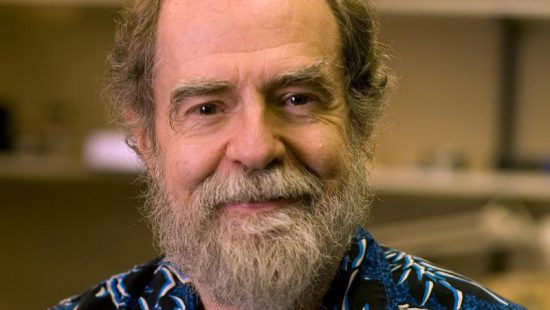After graduating from Harvard, Louis P. Hammett wasted no time making his mark on the world of organic chemistry. First, he introduced the world to superacids, solutions stronger in acidity than 100 percent sulfuric acid, and the scale used to measure them. Later, he developed the σρ equation, which explains the correlation of equilibria and rates of reactions for aromatic compounds.
In chemical equilibrium, two reactants are present but no change occurs over time. The equation can be used to explain why an Egyptian sarcophagus, despite exposure to carbon dioxide and water, hasn’t decayed over thousands of years.
Over time, the formula was aptly renamed, as Hammett notes in his textbook, “Physical-Organic Chemistry”: “It would be … hypocritical humility for me to pretend that I do not know that [the σρ equation] is commonly called the Hammett equation, or that I am not grateful to those who have honored me in this way.”







